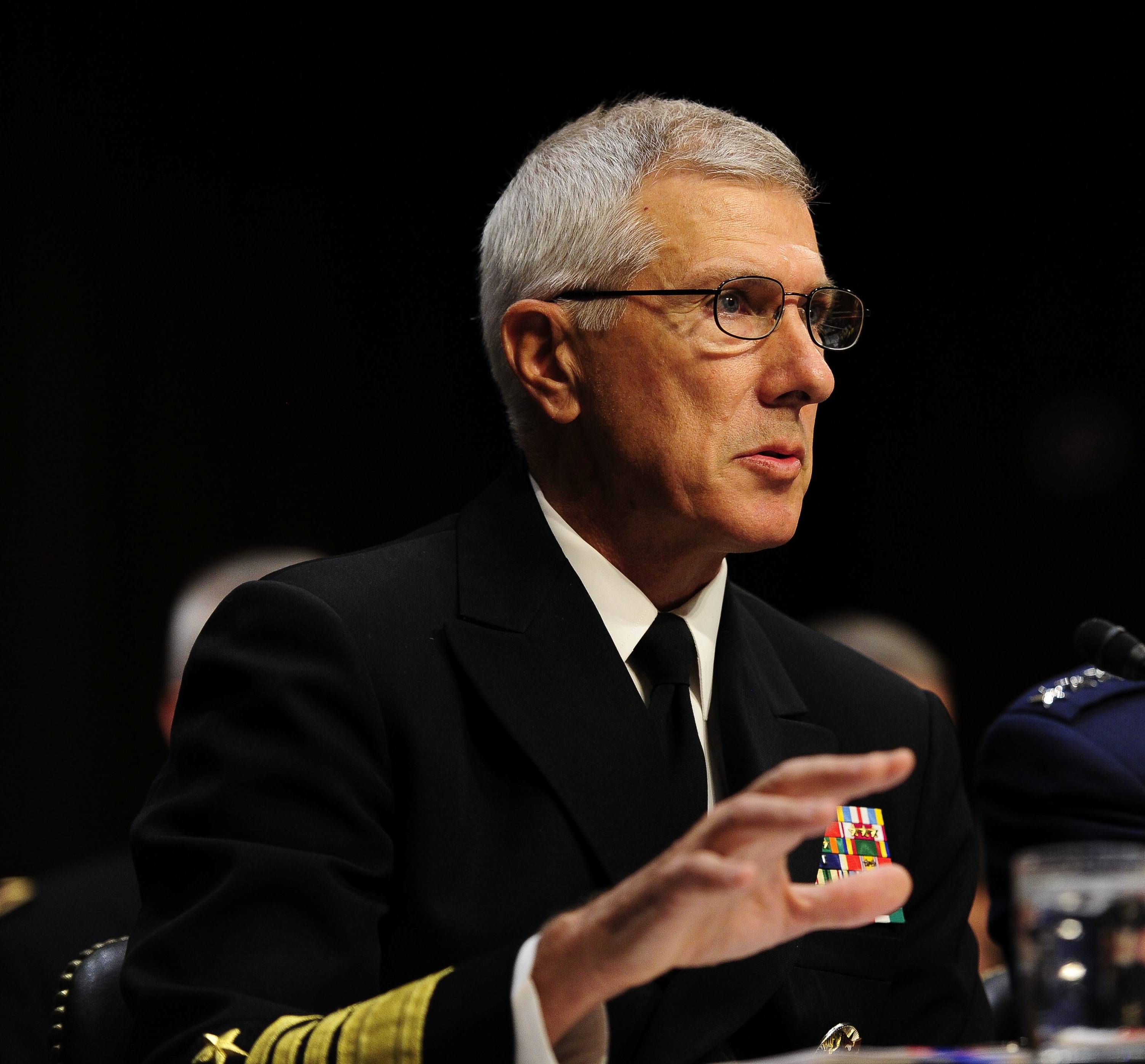
U.S. Pacific Commander Opposes Force in South China Sea Disputes
The head of U.S. Pacific Command said the U.S. would oppose the use of force in resolving disputes over territory…
Copyright 2024 U.S. Naval Institute. All Rights Reserved.